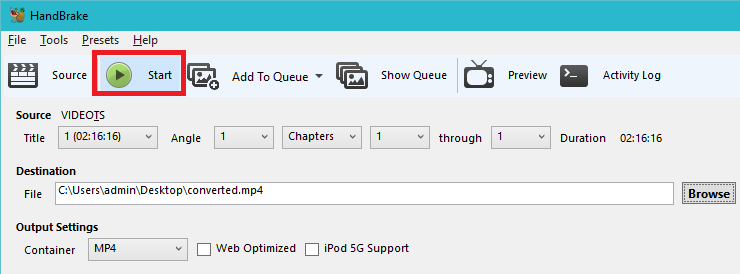

For example, I recently bought a 30pin for our two iPads. Even so, the adapter does not work with every model iThing. Today, there are 30pin and the new Lightning pin Adapter. There are various models of this adapter depending on what generation iThing you need the cable for. They would rather sell people a rather pricey Digital A/V Adapter cable that can be jammed into the iPort of their iThing to mirror what is on the iThing screen via an HDMI cable that jams into the other end of the adapter and gets plugged into the TV. For example, Apple (in their infinite wisdom) did NOT add a mini HDMI output port on their iThings (like my pocket video camera has).

But, there is a way to play them to one’s TV, depending upon what hardware you have available.

Google for “difference between mp4 and m4v” for more insightful confusion!įiles purchased from Apple are deadly this way. Note: QuickTime or any QT based application will not be able to play a MP4 file with these features enabled, unless it has the extension “.m4v”Īnd, if the above didn’t confuse you, see this discussion at the Mac Forum: You can disable the option to automatically set this in HandBrakes preferences. There are no differences in the content or container itself. You can simply change the file extension between. MP4 vs M4v.įor MP4 files, HandBrake will automatically use the extension M4V when you pass-through audio (AC3), use SRT subtitles or have chapter markers enabled. They are the exact same file, the only difference is the extension. In what way are they different, we wonder, so I found this at the Handbrake wiki: The files that are created are m4v files, and they are not protected files. They stream perfectly to the iPad, and play on the Live Plus, too.
Handbrake mp4 then m4v iso#
Handbrake) to make videos from my ISO files for use on an iPad. Chipping in here to say I use programs (e.g.


 0 kommentar(er)
0 kommentar(er)
